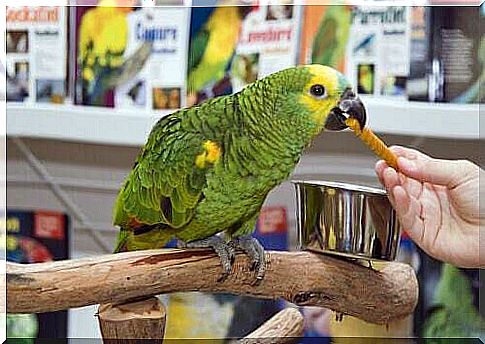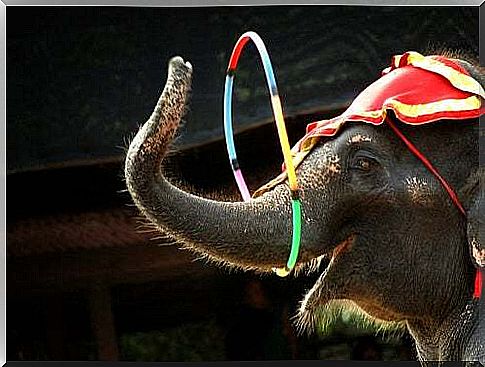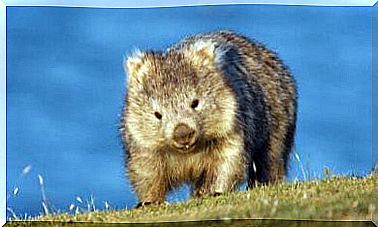Importance Of The CITES International Agreement

The Convention on International Trade in Endangered Species of Wild Fauna and Flora is an international agreement that aims to ensure that trade in species does not pose a threat to their survival. In this article we will talk about the importance of the CITES international agreement.
Why is CITES necessary?
Currently, the international wildlife trade is estimated to be in the billions of dollars each year and affect hundreds of species each year. It is a trade that ranges from live animals, to seeds or derived food products.
The legislation
Once the trade in wild animals and plants crosses borders between countries, its regulation requires international cooperation.

And this is where CITES comes into play. This agreement was drafted following a resolution passed in the International Union for Conservation of Nature (IUCN) in 1963, but did not enter into force until 1975. Countries and organizations that adhere to this agreement have since voluntarily.
The advantages of the CITES international convention
Each of the states that make up the agreement is known as a “party”. The “parties” meet regularly to make decisions on how to improve the functioning of CITES in subsequent periods.
The last meeting held under the agreement took place in the summer. This was the 18th meeting, known as CITES COP 18, on which the latest findings of the agreement are based. Let’s see together the importance of the CITES international agreement.
The elephant trade is strictly prohibited
The CITES agreement states that trade in live wild elephants, including their sale to zoos, is strictly prohibited. COP 18 prohibits the trade in elephants outside their habitats. There may be exceptions, in which case they must be approved and guaranteed by the Animal Committee and the IUCN.
Until now, wild elephants could be exported alive to “appropriate and acceptable” recipients. But the lack of concreteness of this definition left open the possibility that the animals ended up in inappropriate destinations and with little control. We are well aware that the situation of elephants globally is currently dire, especially considering the illegal trade in tusks and skin.

According to the data, the lack of adequate legislation led the elephant trade to surpass 700 live elephants between 1990 and 2017. Of these, more than 500 ended up in the circus and the rest in zoos.
The African elephant is the largest land animal in the world and one of the flagship species of wildlife. The situation is worrying, given that the number of specimens has been reduced to 500,000.
The CITES international agreement also protects some marine species at risk
Within COP 18, a series of measures have been formulated for the control and protection of 18 species of sharks and rays. The convention obliges countries that market and export these species to maintain adequate control of the number of specimens captured and exported. In this way, it can be ensured that everything is done within the bounds of legality and sustainability.

The new measures included in the CITES international agreement include:
- The emery, commonly known as the mako shark or shortfin mako, is an exceptionally valuable and vulnerable ocean species. It is at risk of extinction due to selective and incidental fishing derived from the demand for meat and fins. Until now, the absence of limits made him a victim of overfishing.
- The sea eagle – particularly guitarfish or violin fish – which are considered to be the most endangered fish in the world. This is because their fins are among the most sought after in the marine animal trade.









